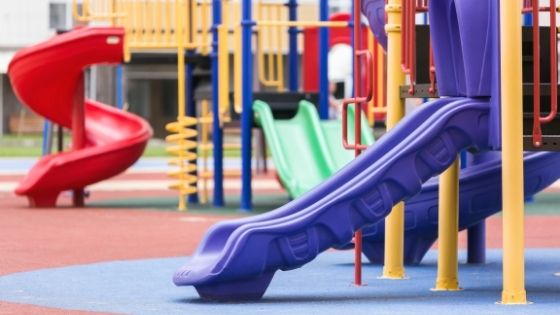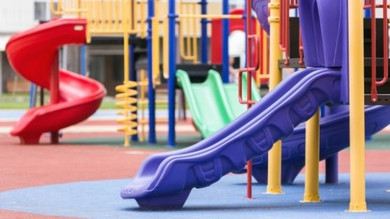
Children learn how to play at an early age, and it’s beginning to become a common practice to include sensory play in a child’s life. No matter where a community places a park or playground, it’s vital to have the necessary experiences to help enlighten a child’s mind and encourages them to play. Here is our guide on the importance of providing sensory experiences at the park.
Why Are Sensory Experiences in Parks Important?
Research states that the brain’s corridors can build nerve connections when sensory play is occurring. Sensory play helps a child complete difficult tasks and plays a significant role in how a child develops their cognitive skills. Sensory play also plays a role in how children understand and determine sensory attributes, such as hot and cold, sticky, wet, and dry.
Sensory Playgrounds Add Accessibility
When a playground has accessible features, they meet ADA requirements by ensuring all children of varied abilities can play and learn through sensory play. For example, when play platforms feature ramps, they allow kids with wheelchairs to move freely without accidents or issues. In a similar light, when installing wheelchair-accessible gliders and spinners, you offer vestibular sensory stimulation for kids with disabilities.
They Make the Play Equipment Inclusive
A true sensory playground is designed to help nurture a child’s learning and provide more inclusive play areas. The equipment helps stimulate the senses. For example, sandboxes are a significant element to offer a tactile experience to children. Here, children can control different elements, materials, objects, and textures to figure out how they feel.
Other types of equipment that help stimulate the senses are swings, climbing equipment, and bright structures. Using various equipment encourages children to explore and have fun encountering different challenges.
They Encourage Outdoor Exploration
By installing sensory playground equipment in your park, you’ll encourage children to explore. This type of equipment stimulates four main senses: seeing, hearing, touching, and smelling. For example, if your playground has fragrant flowers, this area is considered a sensory play area. If there’s an area with a stage where people perform or play music, this can stimulate the hearing sense. These elements are crucial to allowing children to explore the area around them.
Sensory Playgrounds Are Safe and Simple To Traverse
Sensory play places are easy to navigate, as many will create trails to help lead children to specific areas where they can stimulate their senses. Paths are often made from safe materials that are specifically designed to provide a new sensory experience to children, as is the case with our pour-in-place rubber surfacing kit. In other words, the way a surface or piece of equipment feels greatly impacts a child's sensory experience at the park.
There are many more lessons to learn about the importance of providing sensory play in parks. The items we offer at Discount Playground Supply can help park districts make their play areas more inclusive to the community and stimulating to children’s senses.

